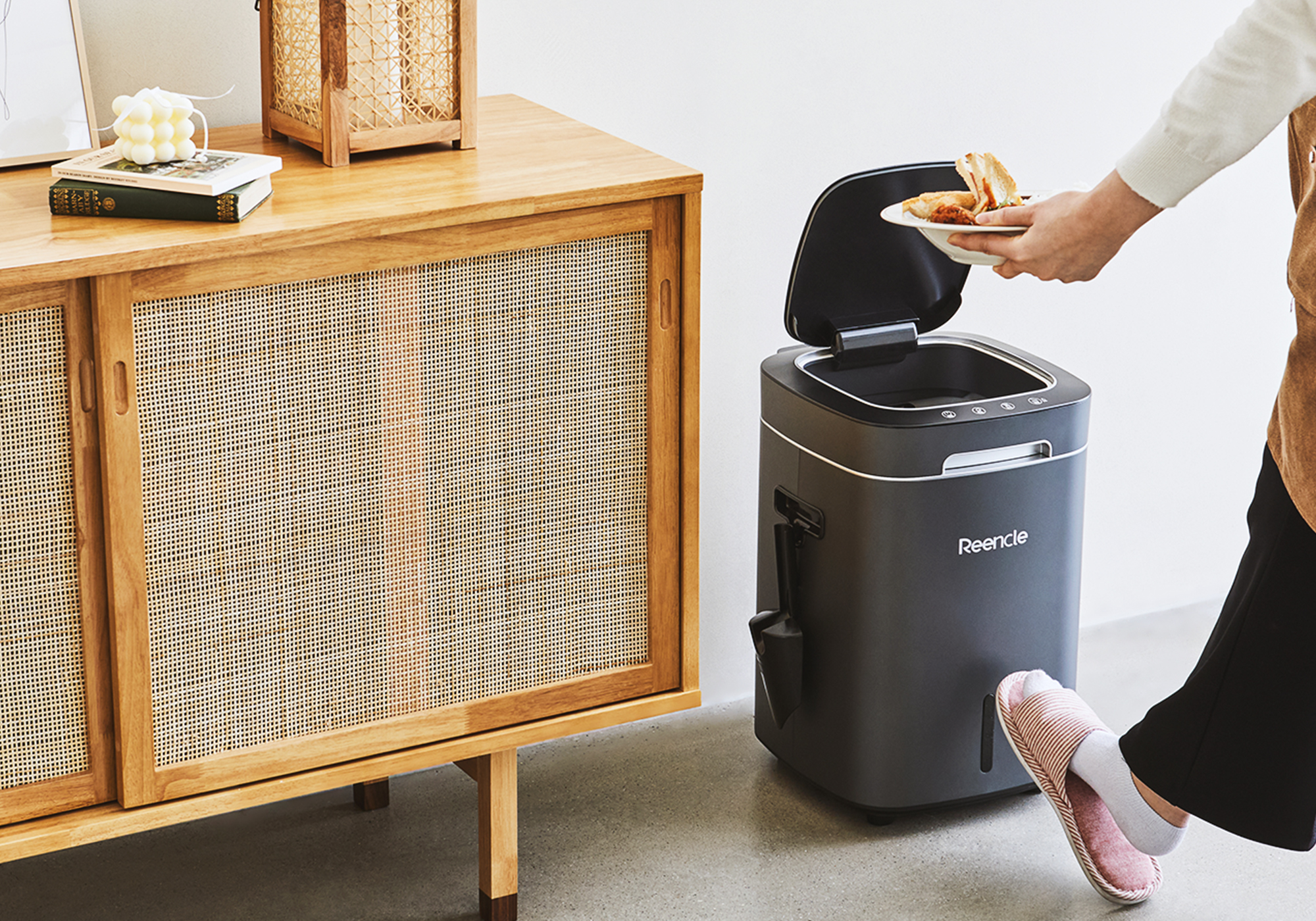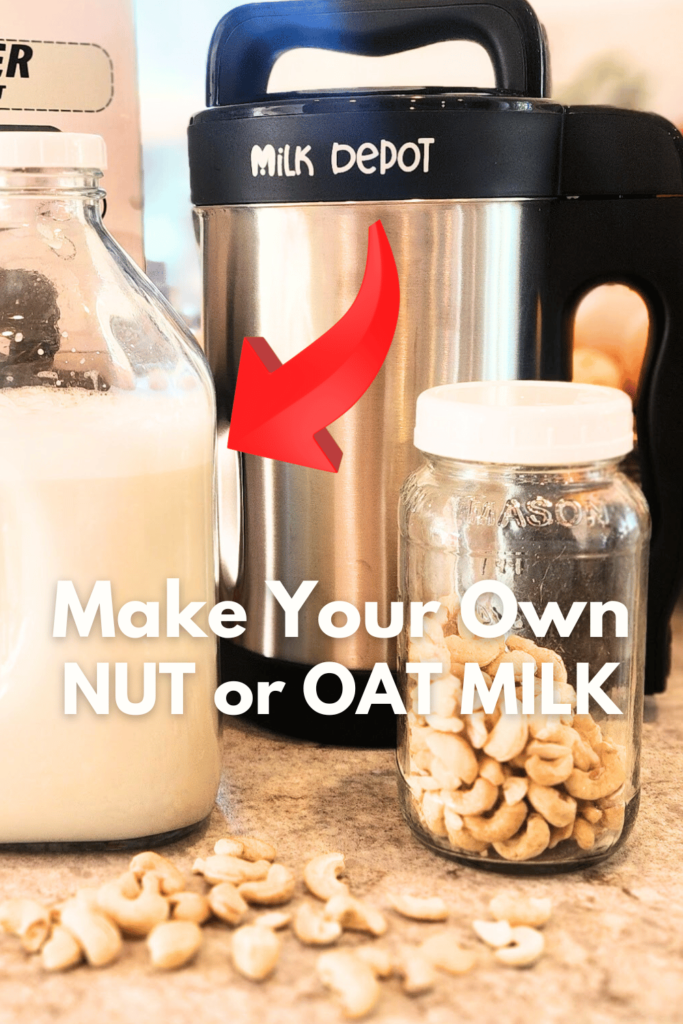Occupational therapy is a crucial part of many children’s lives, playing a significant role in helping them develop the skills needed to perform daily activities with greater independence. During the winter months, the combination of occupational therapy with season-specific activities can be particularly beneficial. Engaging in winter-themed activities not only nurtures a child’s motor and sensory skills but also serves to incorporate a fun and thematic element into their therapeutic routine.
Winter provides a unique opportunity to introduce new textures, movements, and challenges that can aid in a child’s neurodevelopment. Integrating simple occupational therapy activities for kids such as indoor snowball fights using cotton balls and building snowmen from marshmallows not only aligns with seasonal themes but also targets essential developmental skills. These activities can help enhance fine motor dexterity, proprioception, and sensory processing while keeping children entertained and active. Keep in mind, though, that this information is for informational purposes only. It is recommended to see a medical specialist for professional advice.
Key Takeaways
- Occupational therapy integrates with winter activities to support child development.
- Seasonal themes in therapy activities can boost engagement and motor skills.
- Winter occupational therapy activities target sensory processing and coordination.
Fundamentals of Occupational Therapy in Winter
Occupational therapy during the winter season focuses on harnessing the unique sensory opportunities and motor skill enhancements that this time of the year offers for children’s development.
Understanding the Role of Occupational Therapy
Occupational therapists aim to support and improve kids’ ability to perform daily activities. In winter, therapists leverage seasonal activities that are both therapeutic and engaging, enhancing children’s fine and gross motor skills through play. They also provide sensory input which is critical for sensory processing and self-regulation.
Key Motor Skills Enhanced by Winter Activities
Winter-related activities are particularly beneficial for developing:
- Fine Motor Skills: Activities like cutting snowflakes or threading beads for holiday decorations improve dexterity and hand-eye coordination.
- Gross Motor Skills: Building a snowman or ice skating strengthens large muscle groups, balance, and overall coordination.
Each activity is chosen with the goal of bolstering the child’s strength, dexterity, and motor planning abilities.
Winter’s Unique Sensory Opportunities
The winter environment offers a variety of sensory inputs that can facilitate sensory processing:
- Touch: The cold of snow, the texture of winter clothing, and the smoothness of ice engage tactile senses differently than other seasons.
- Vestibular and Proprioceptive Input: Activities like sledding or snowball throwing provide feedback for self-regulation, helping children understand their body’s position and movement in space.
Such sensory experiences are essential for developing visual motor skills, which are linked to the ability to coordinate body movements in response to visual stimuli.
Engaging and Therapeutic Winter Activities for Kids
Winter offers a unique opportunity to blend fun with therapeutic benefits through various activities. These activities are crafted to enhance motor skills, sensory processing, and cognitive development in children.
Indoor and Outdoor Winter Activity Ideas
Indoor snowball fight: An indoor snowball fight with crumpled paper balls is an excellent way for kids to engage in heavy work, improve hand-eye coordination, and foster social interaction.
- Snowmen building: Outside, kids can work on gross motor skills and bilateral coordination by making snowmen, using lifting and pushing motions.
- Paint the snow: Enhancing sensory play, children can paint the snow, boosting creativity and hand strength with the use of brushes or spray bottles.
Crafting and Creativity Boosting Exercises
Winter crafts: Creating icicle crafts, polar bear crafts, or crafting with cotton balls and glitter can help children develop fine motor strength and dexterity.
- Scissor skills strips: Simple and complex cutting shapes on paper can enhance scissor skills.
- Lacing cards: Lacing cards with winter motifs like mittens or snowflakes can improve a child’s functional grasp and bilateral coordination.
Integrating Therapy Goals into Play
Sensory bin: A winter sensory bin can include peppermint, pine, marshmallows, and shaving cream, facilitating sensory play and executive functioning skills.
- Therapy sessions with games: Maze games, memory cards, and toothpick precision art can develop pencil control, fine motor skill development, and body awareness.
- Sensory bottle: Shaking a sensory bottle filled with items like glitter and sequins supports visual tracking and pincer grasp.
Conclusion
Winter activities offer valuable opportunities for enhancing the efficacy of occupational therapy for children. Activities such as indoor snowball fights and ice sensory bins infuse therapy with an element of fun while targeting vital areas including motor skills, coordination, and sensory processing. These creative interventions can be pivotal in a child’s development, ensuring that the therapeutic goals are met even during the colder months. It is essential for practitioners and caregivers to integrate such activities into a child’s routine to promote continuous learning and growth.




